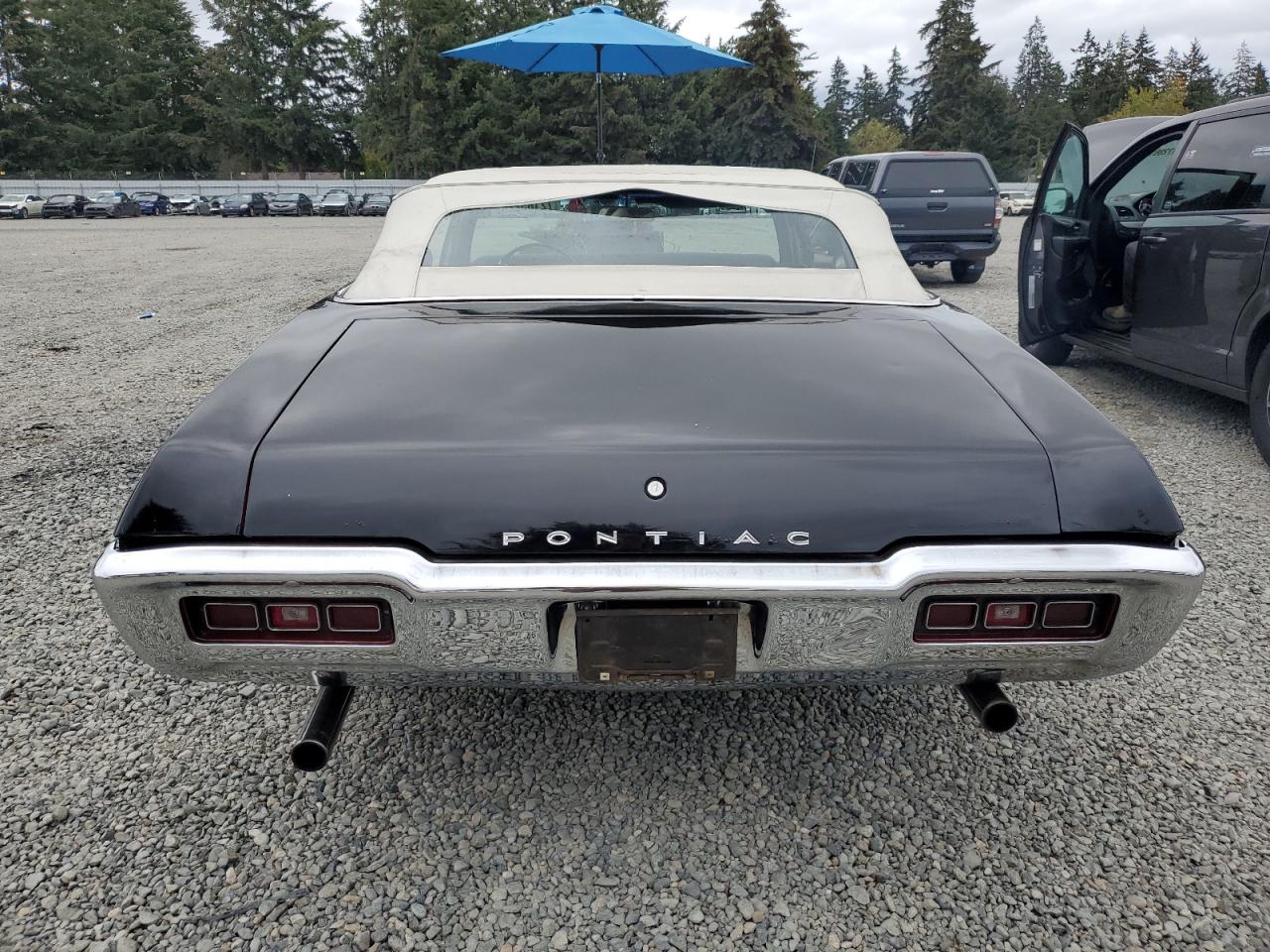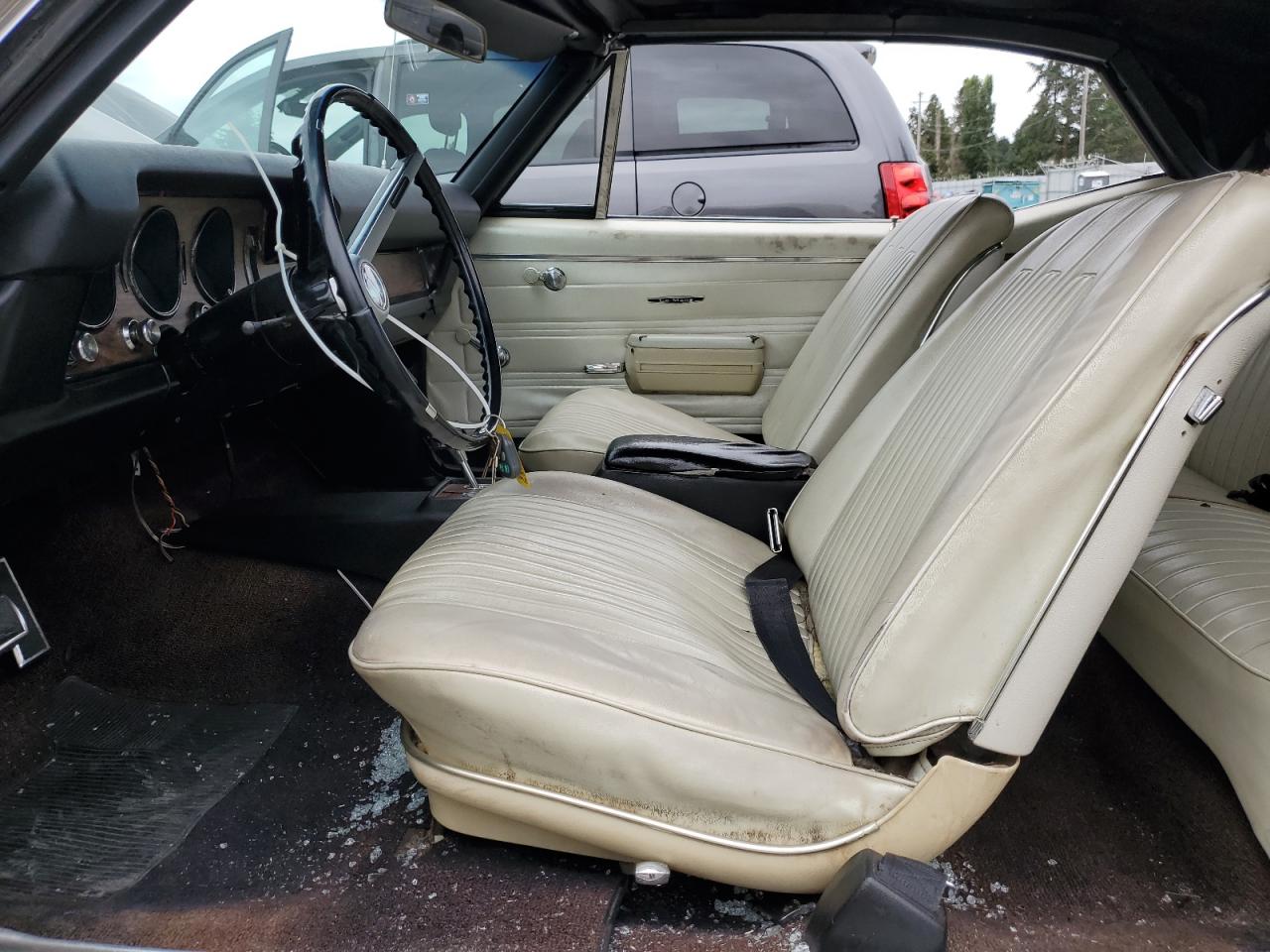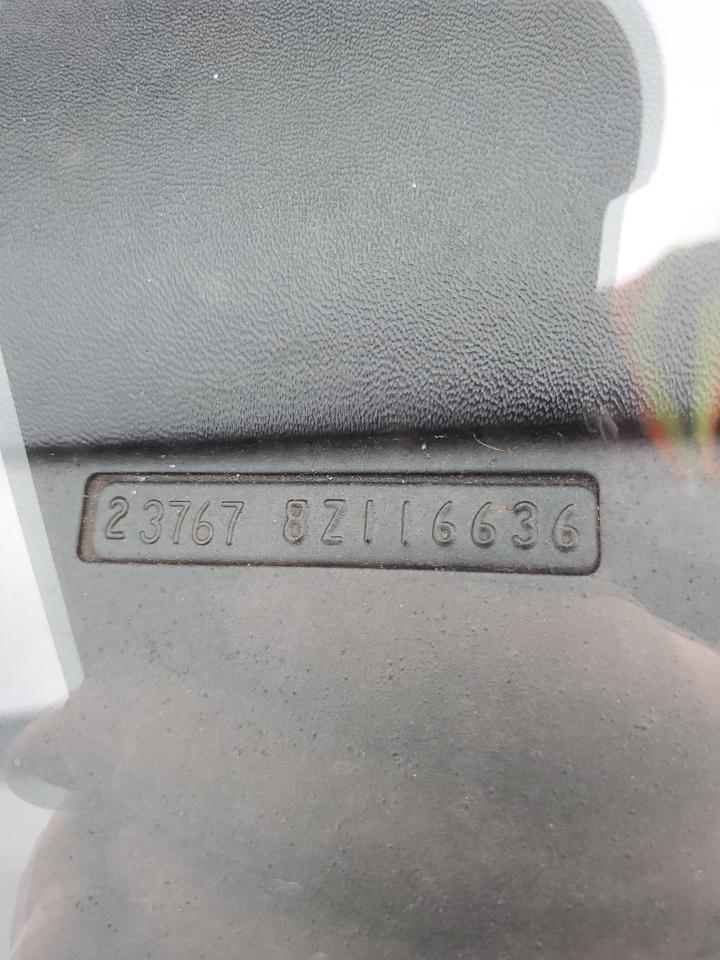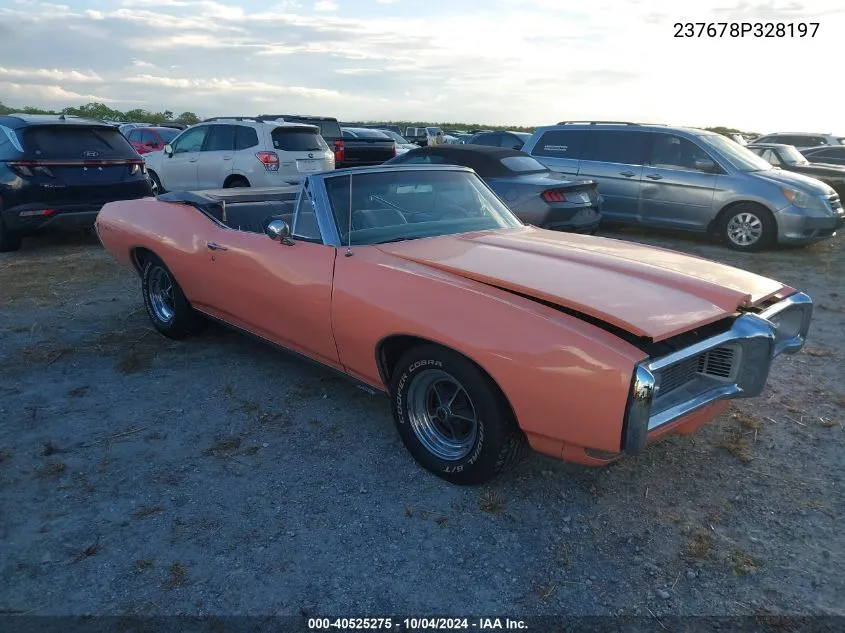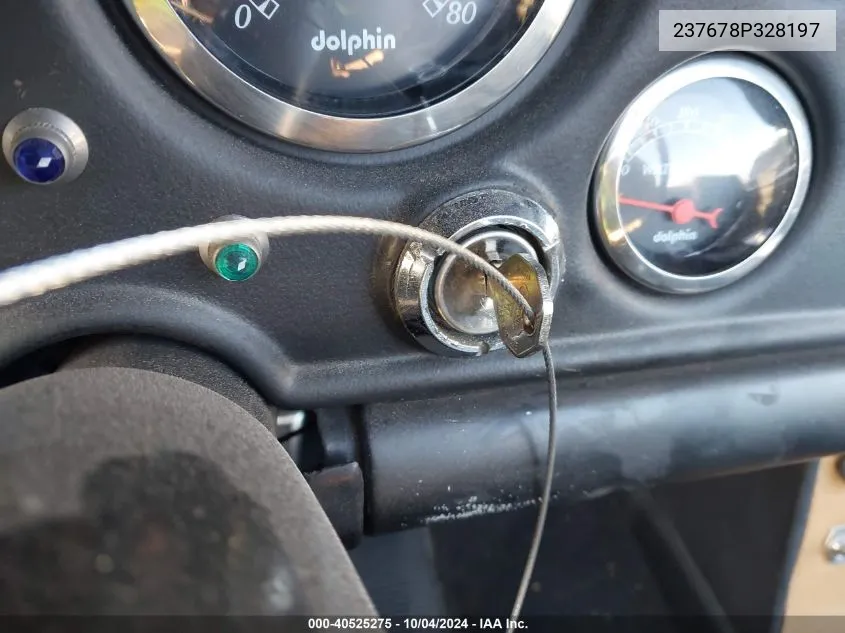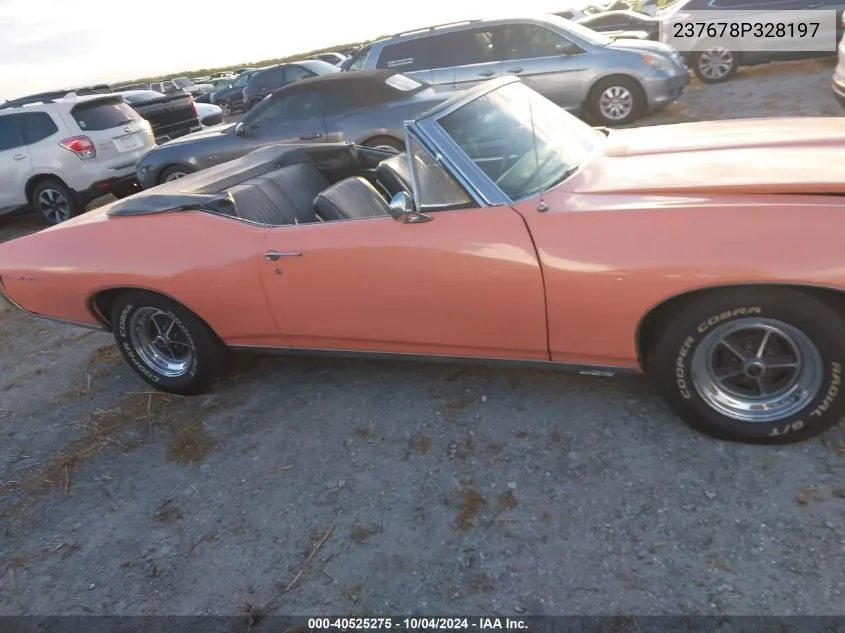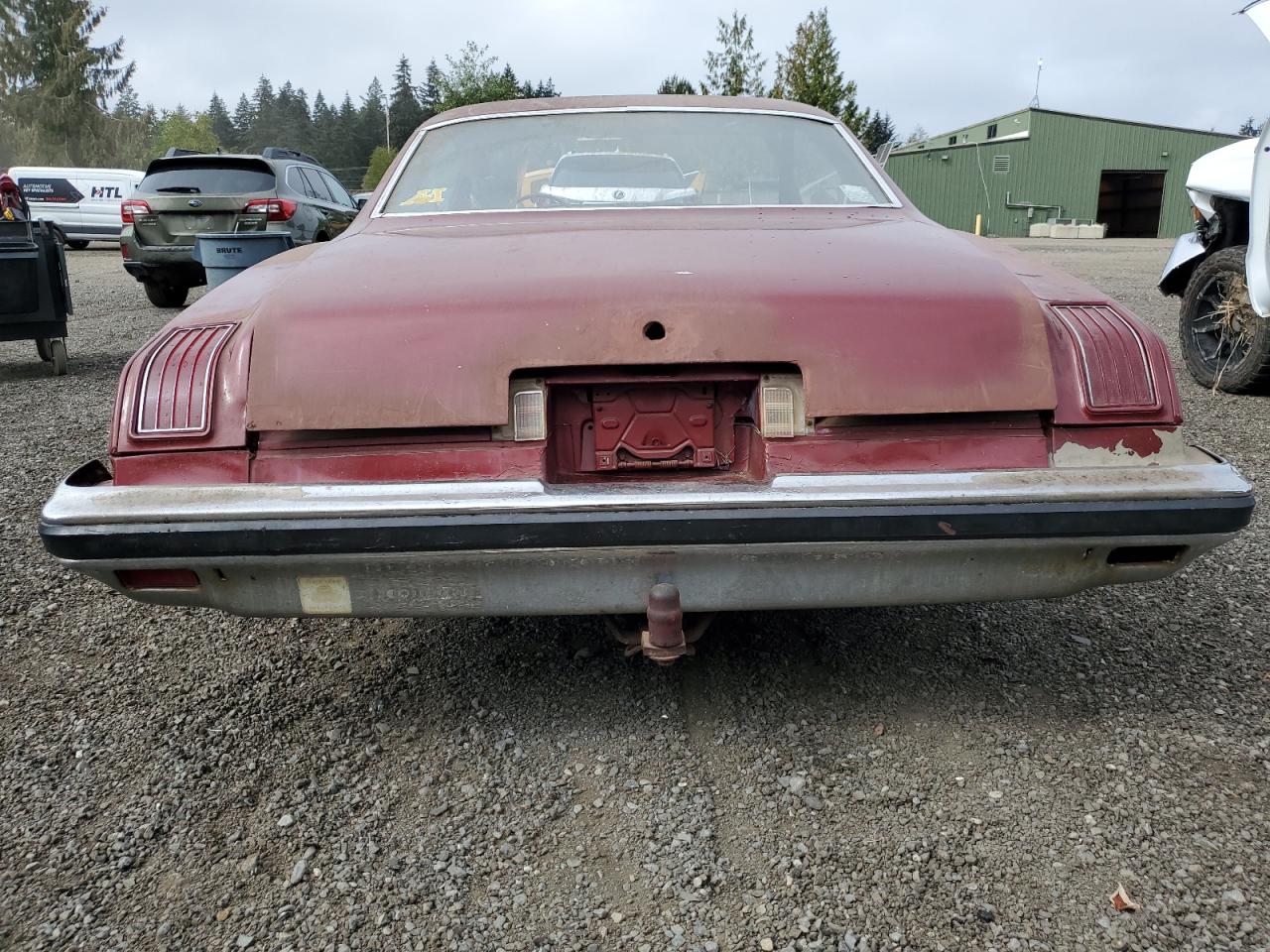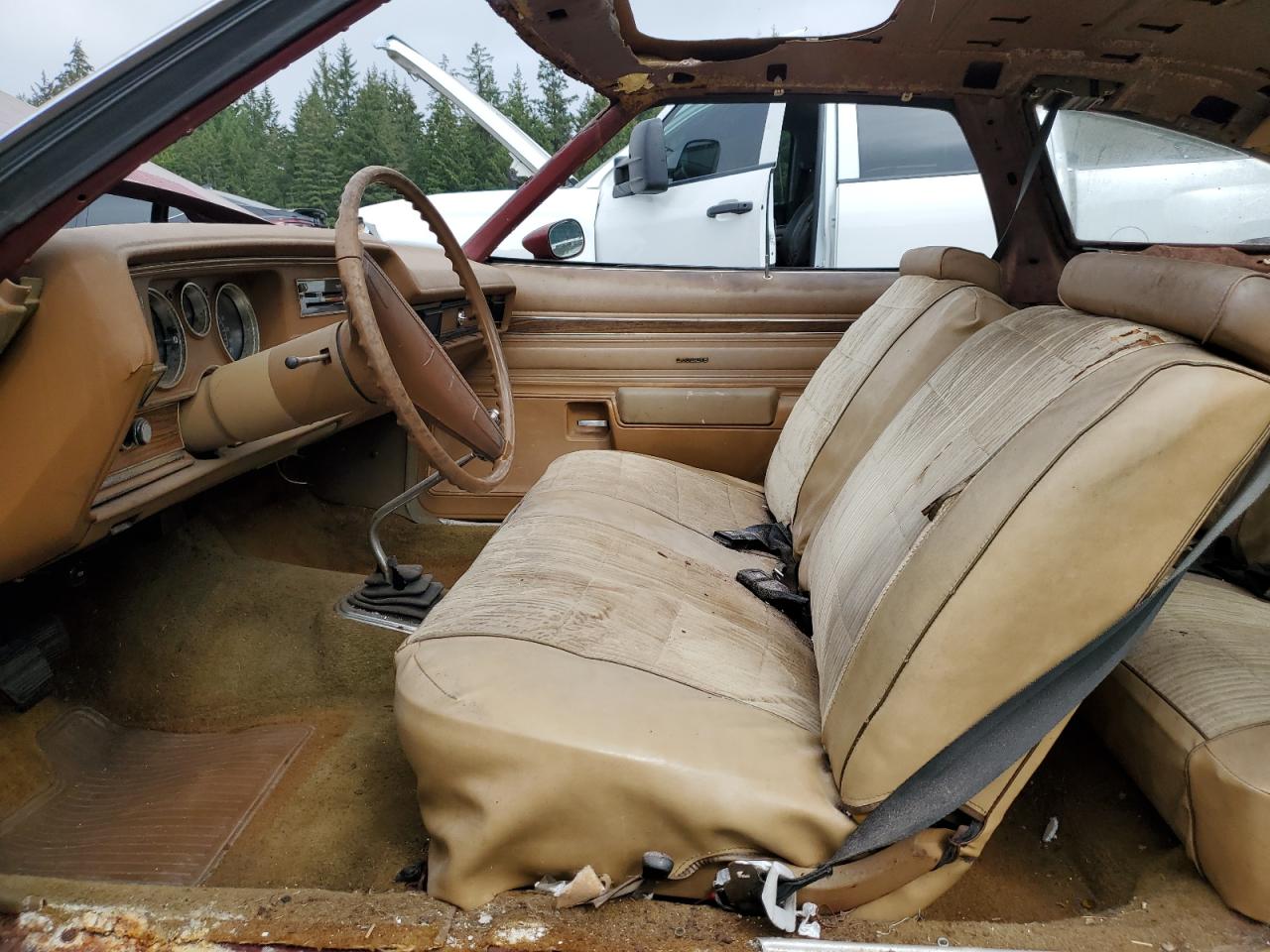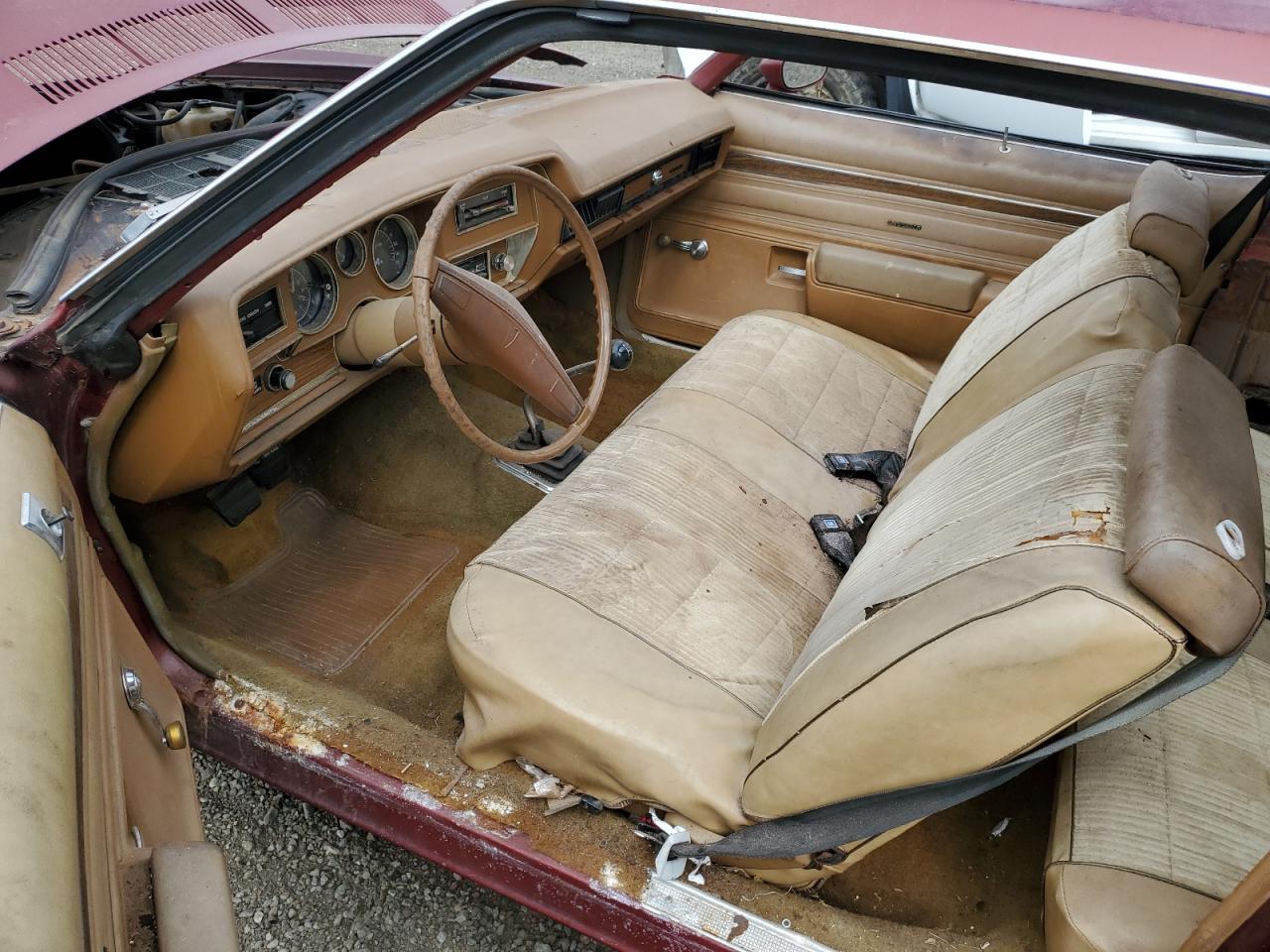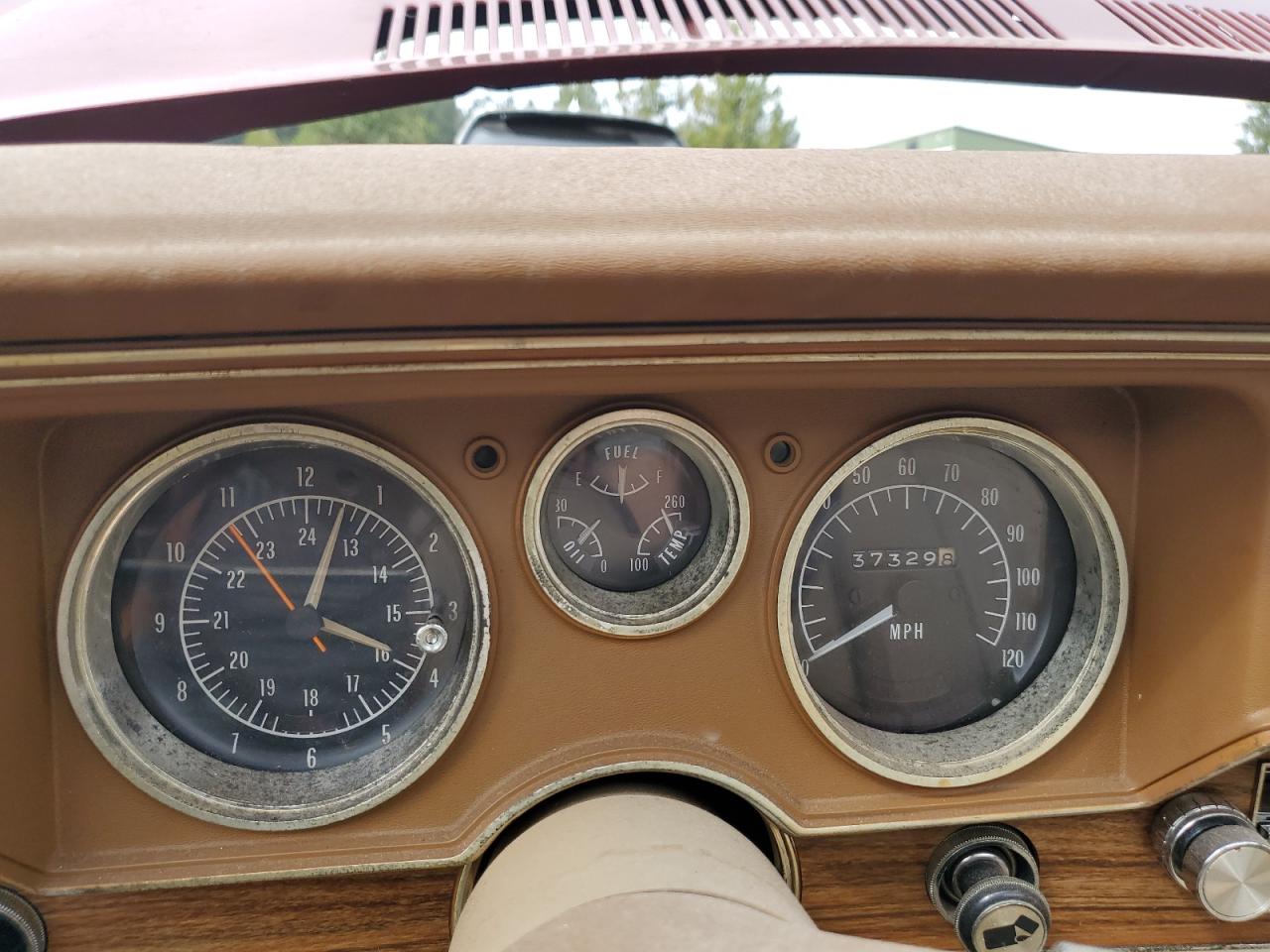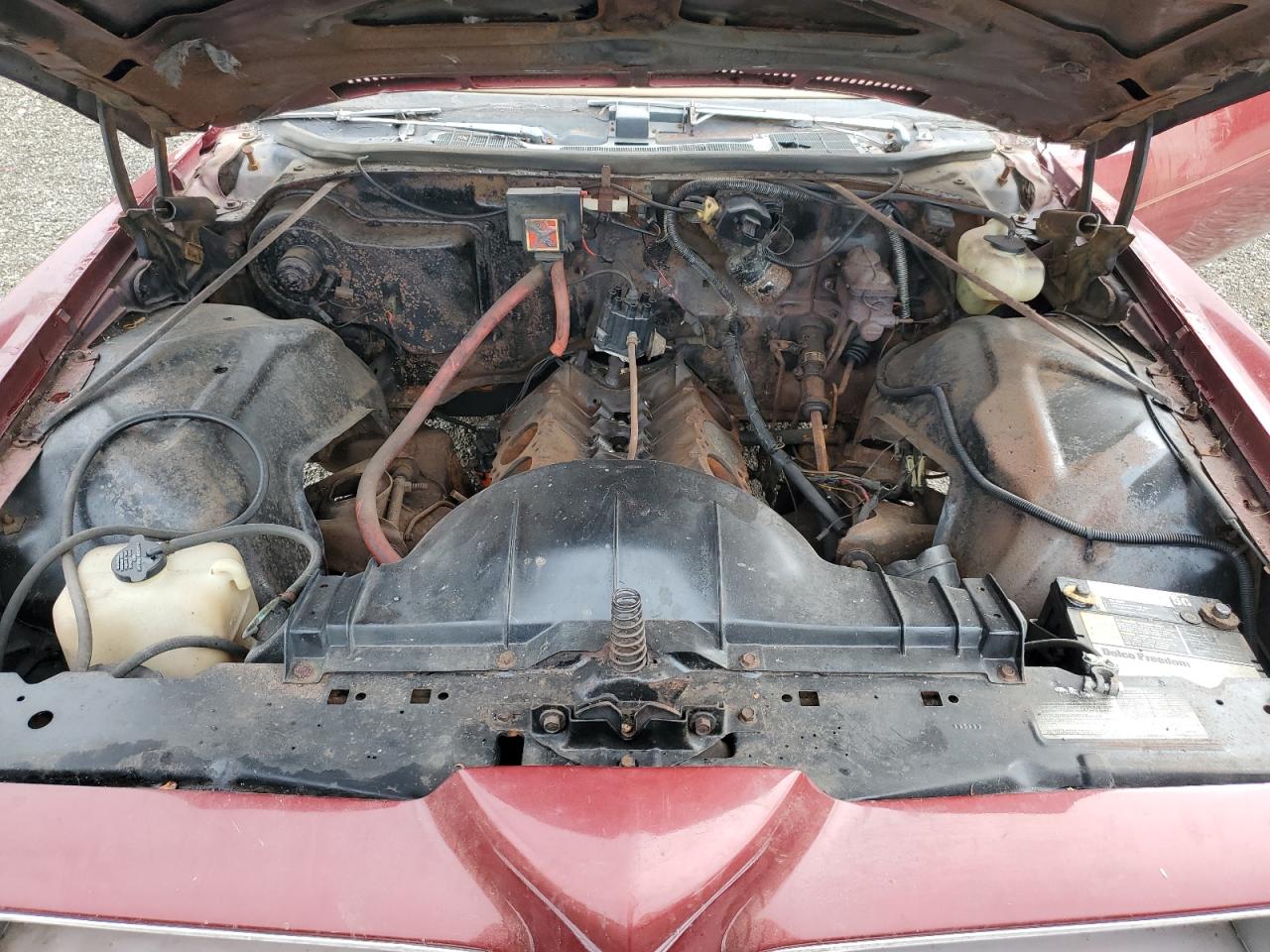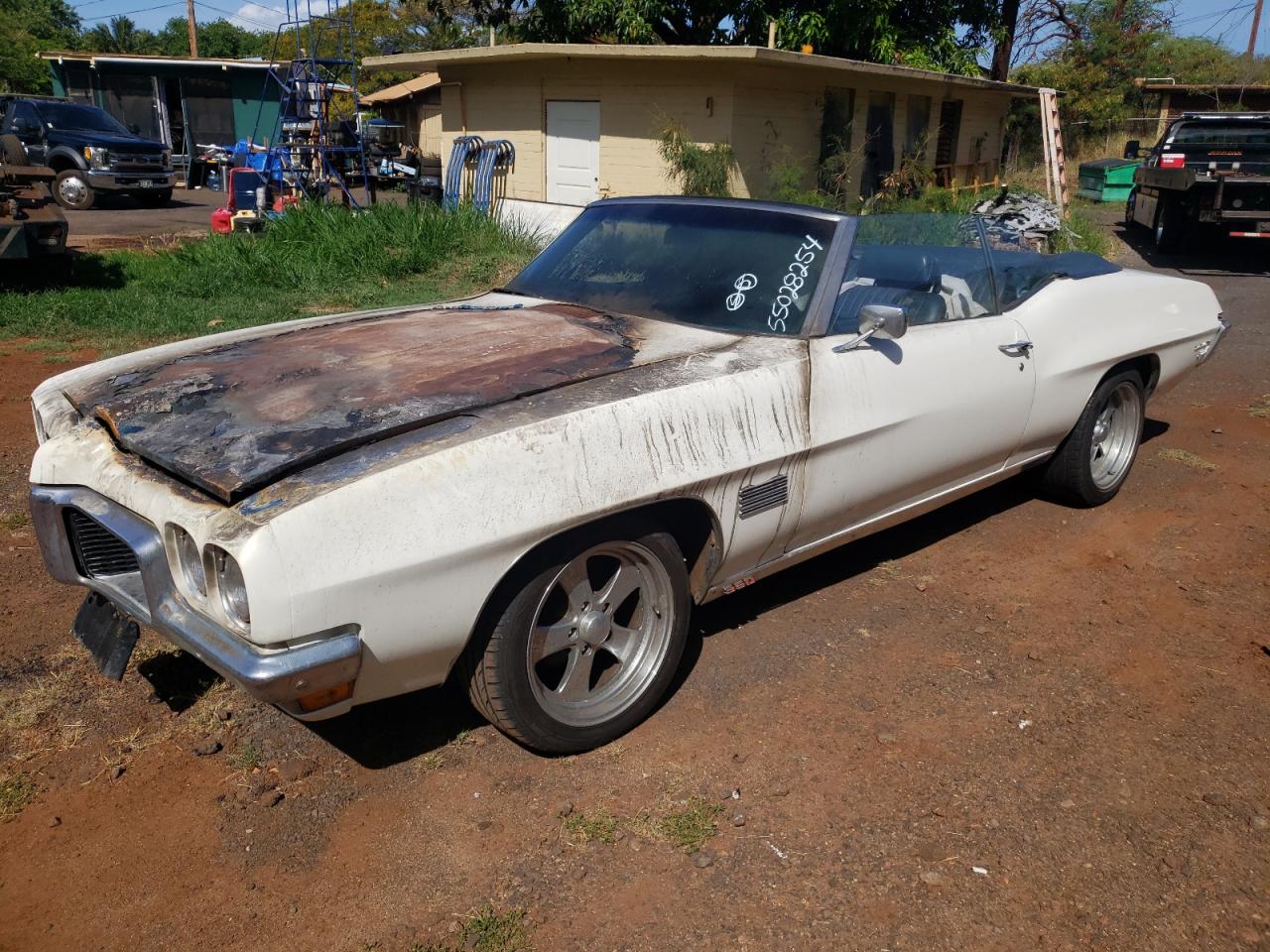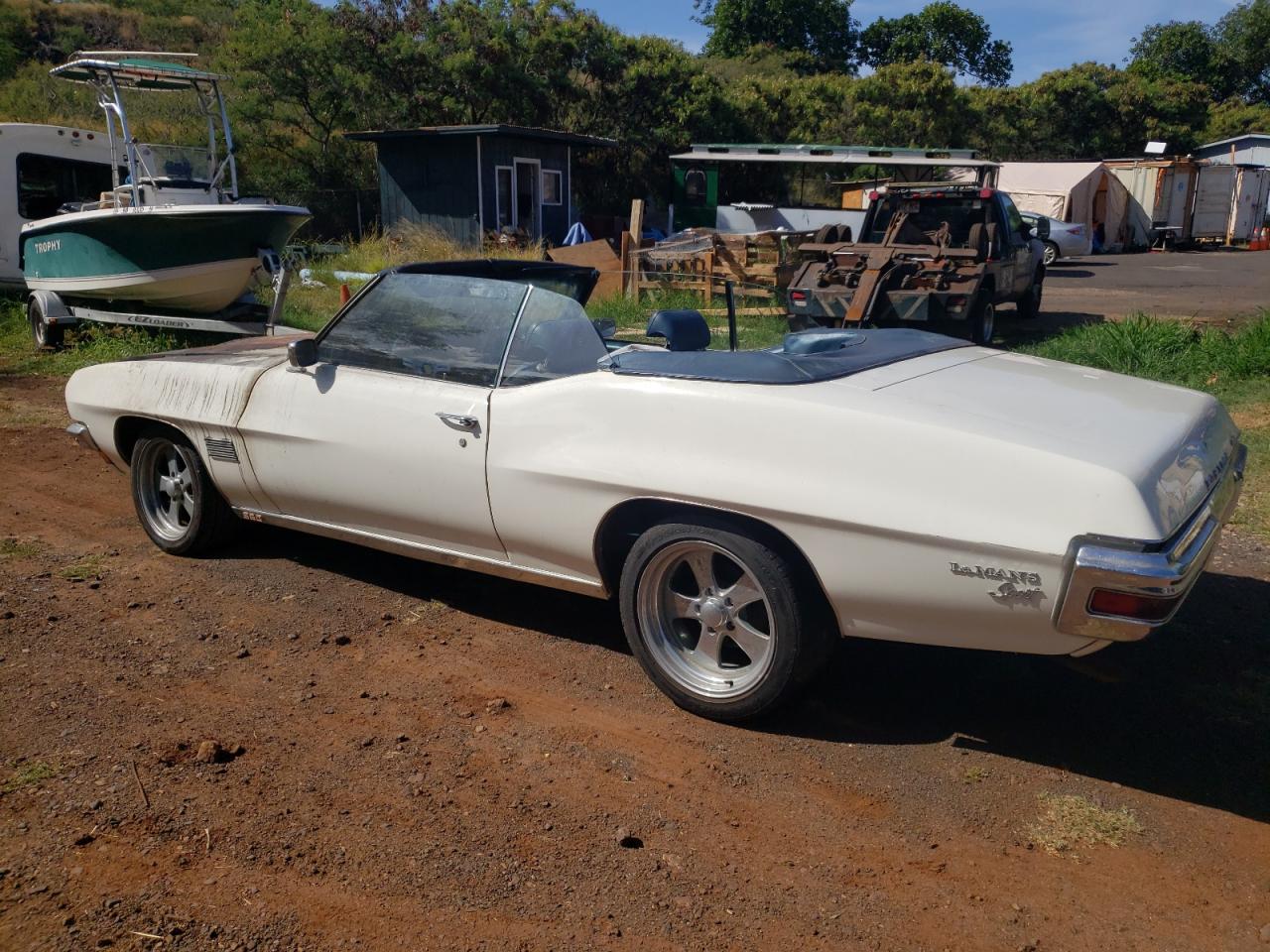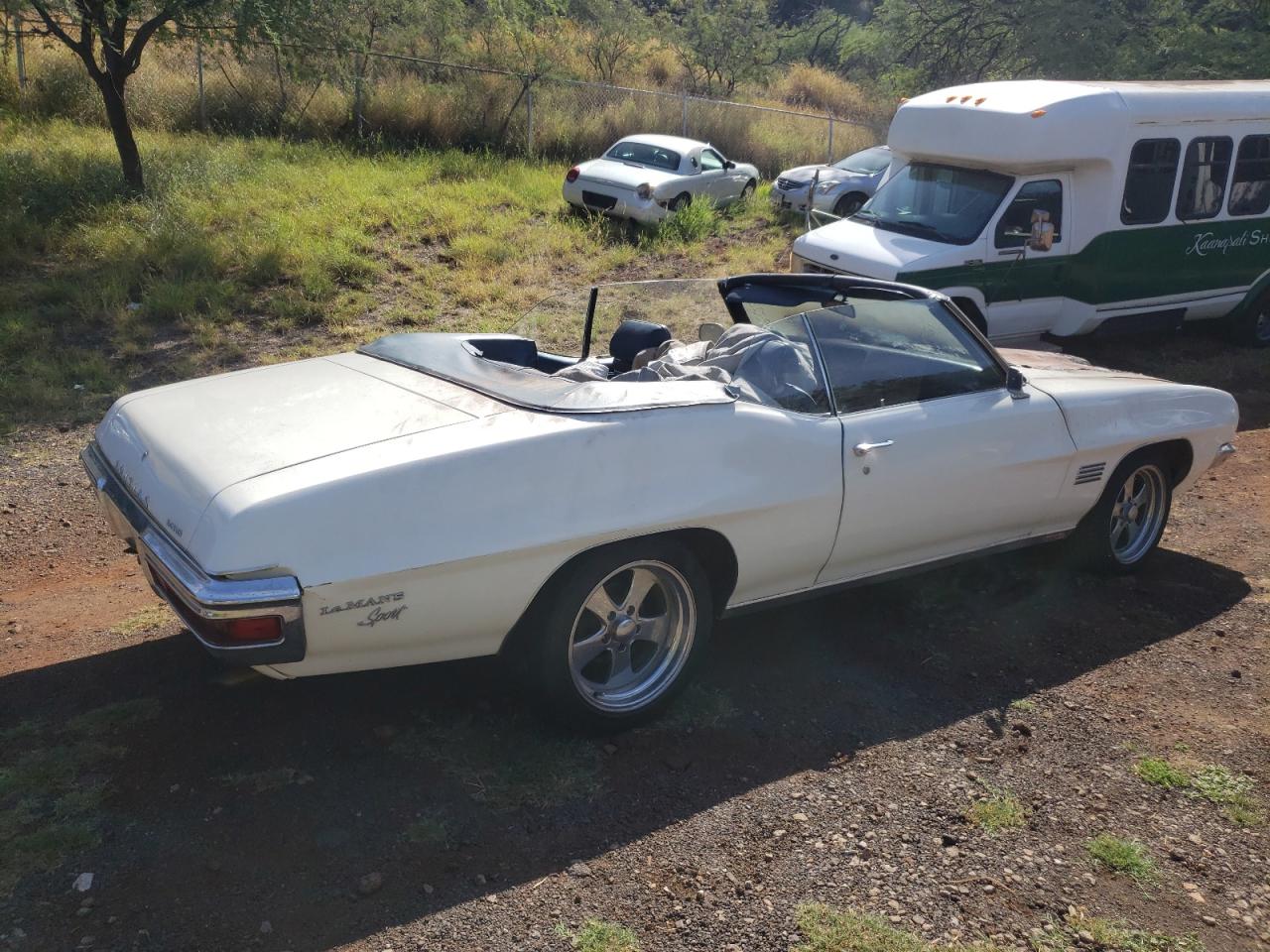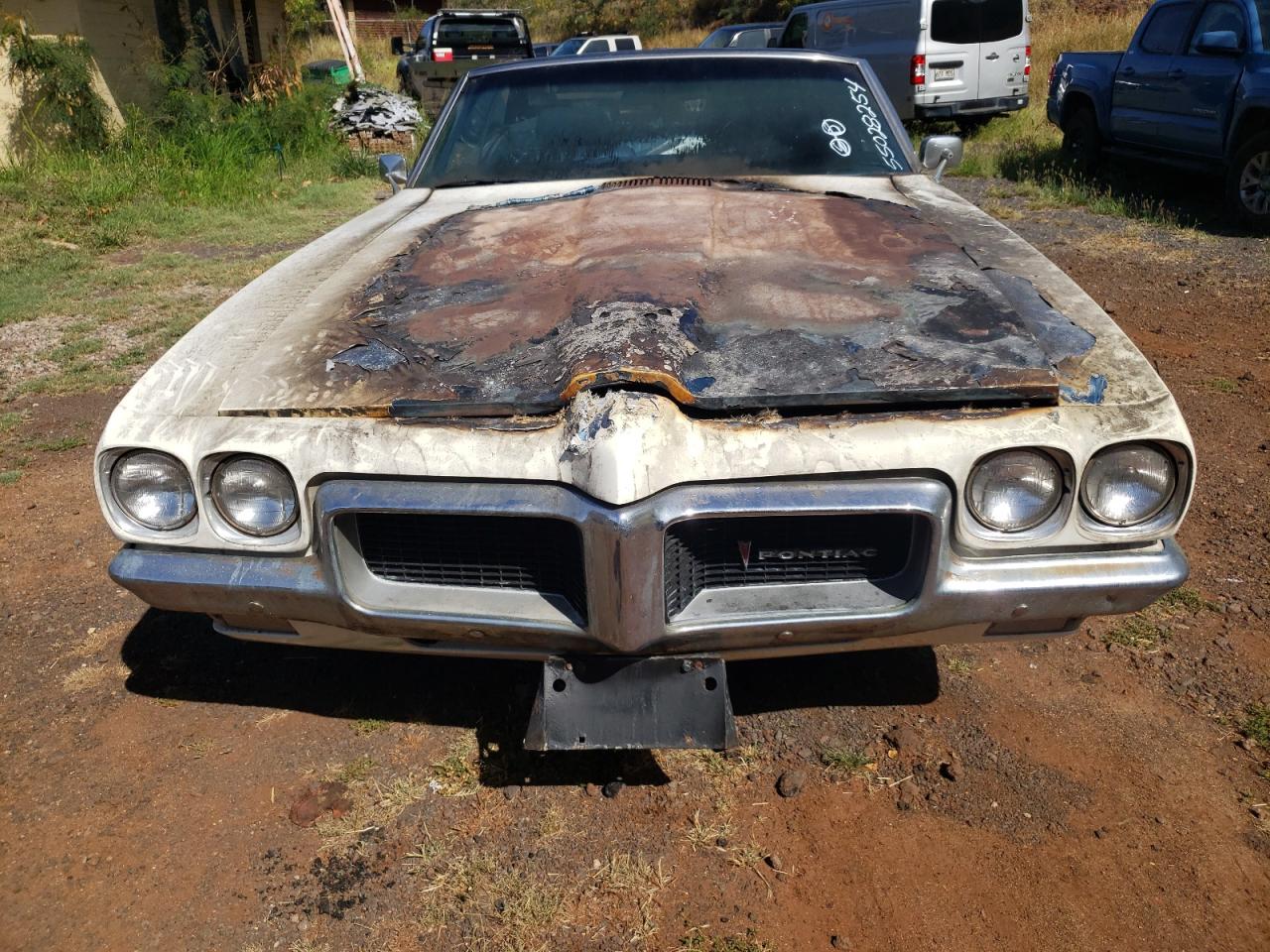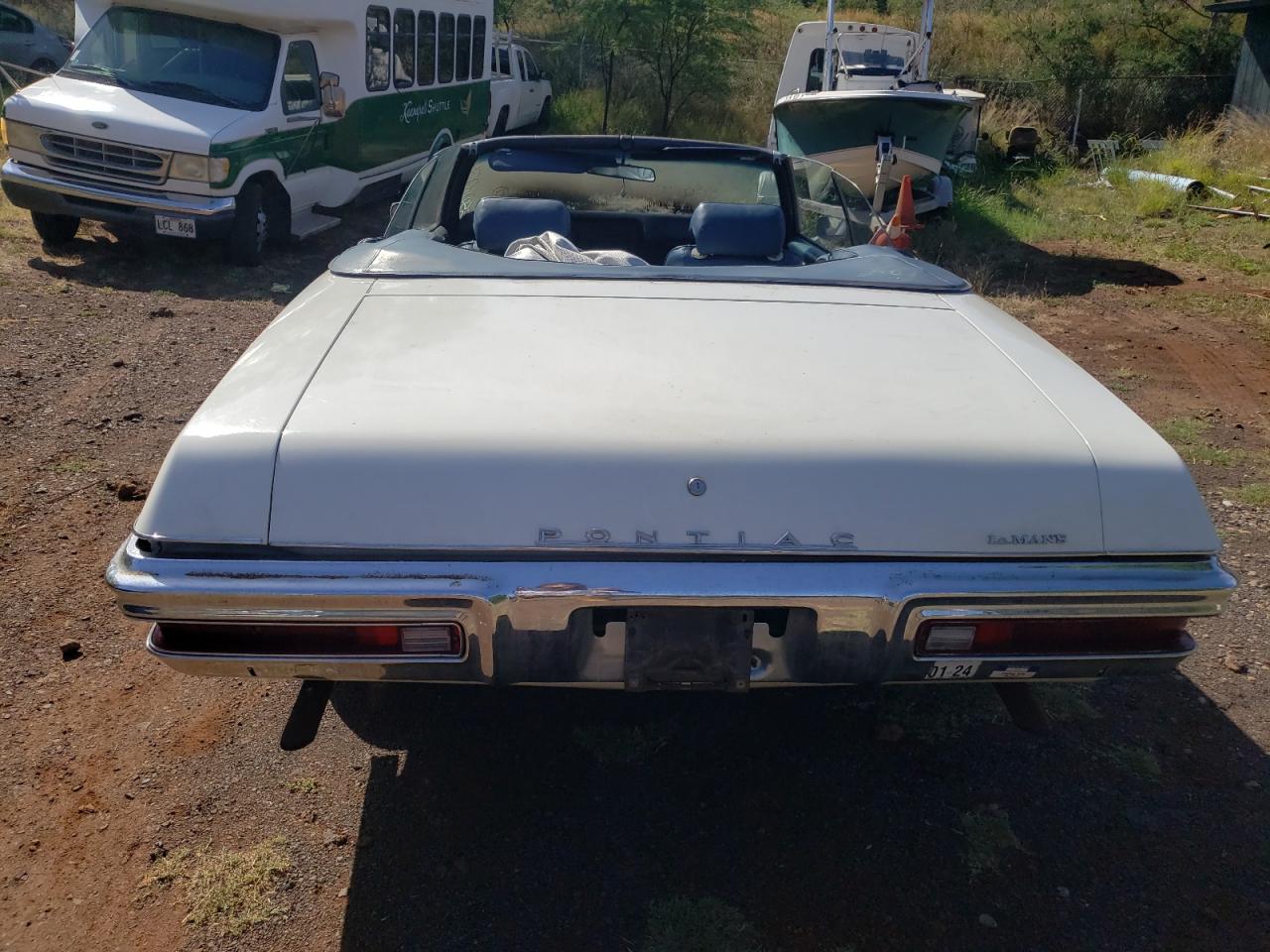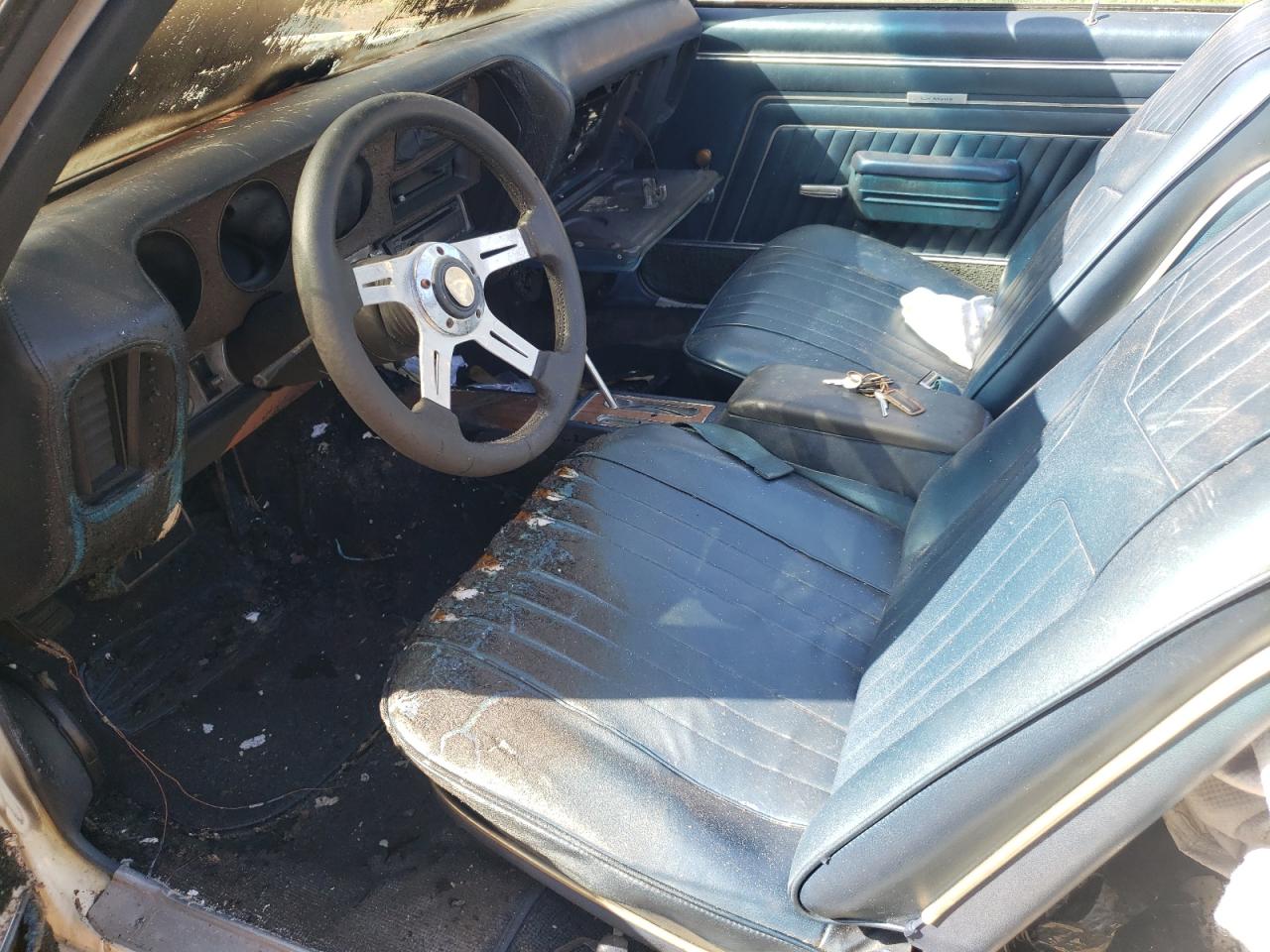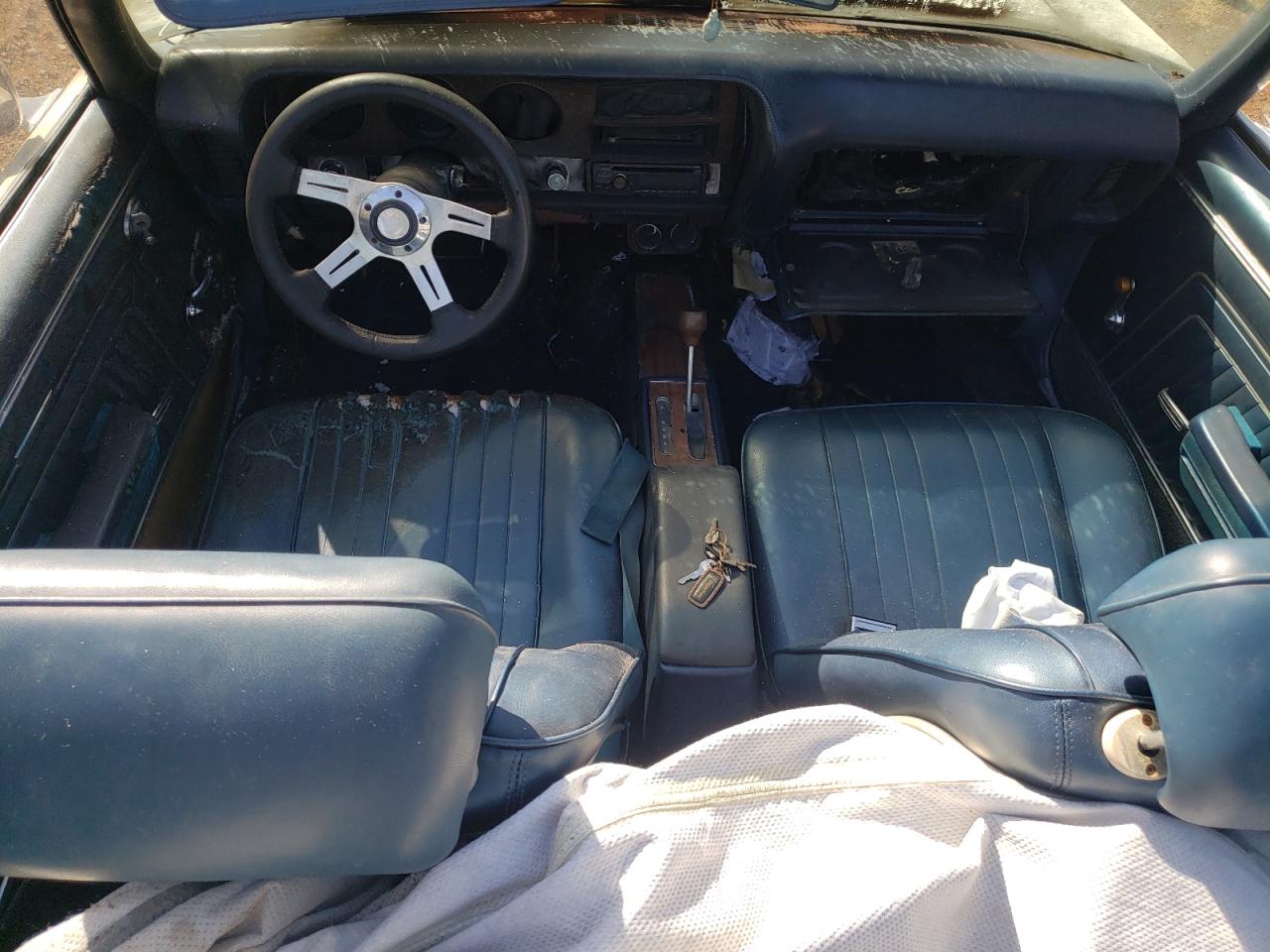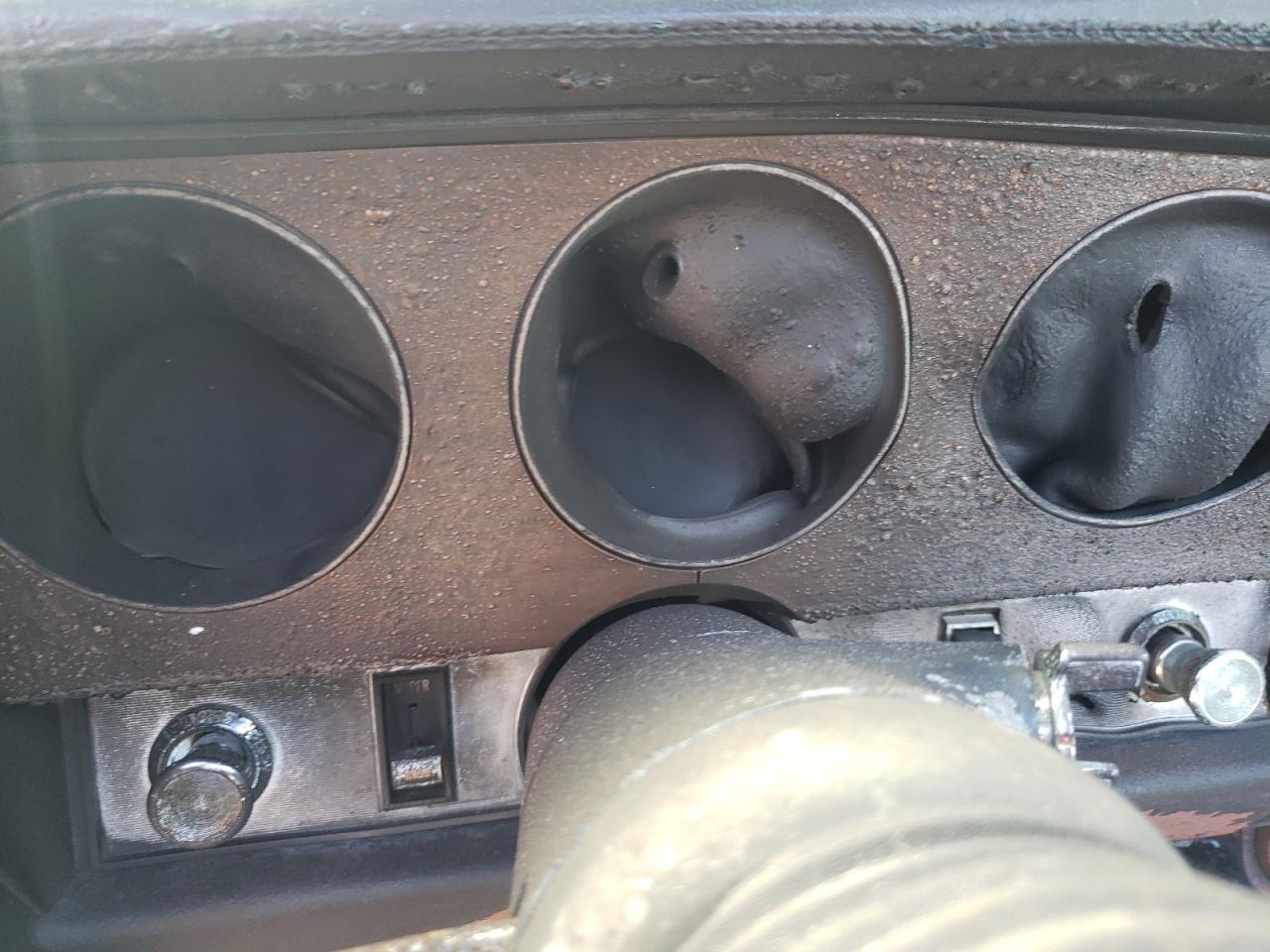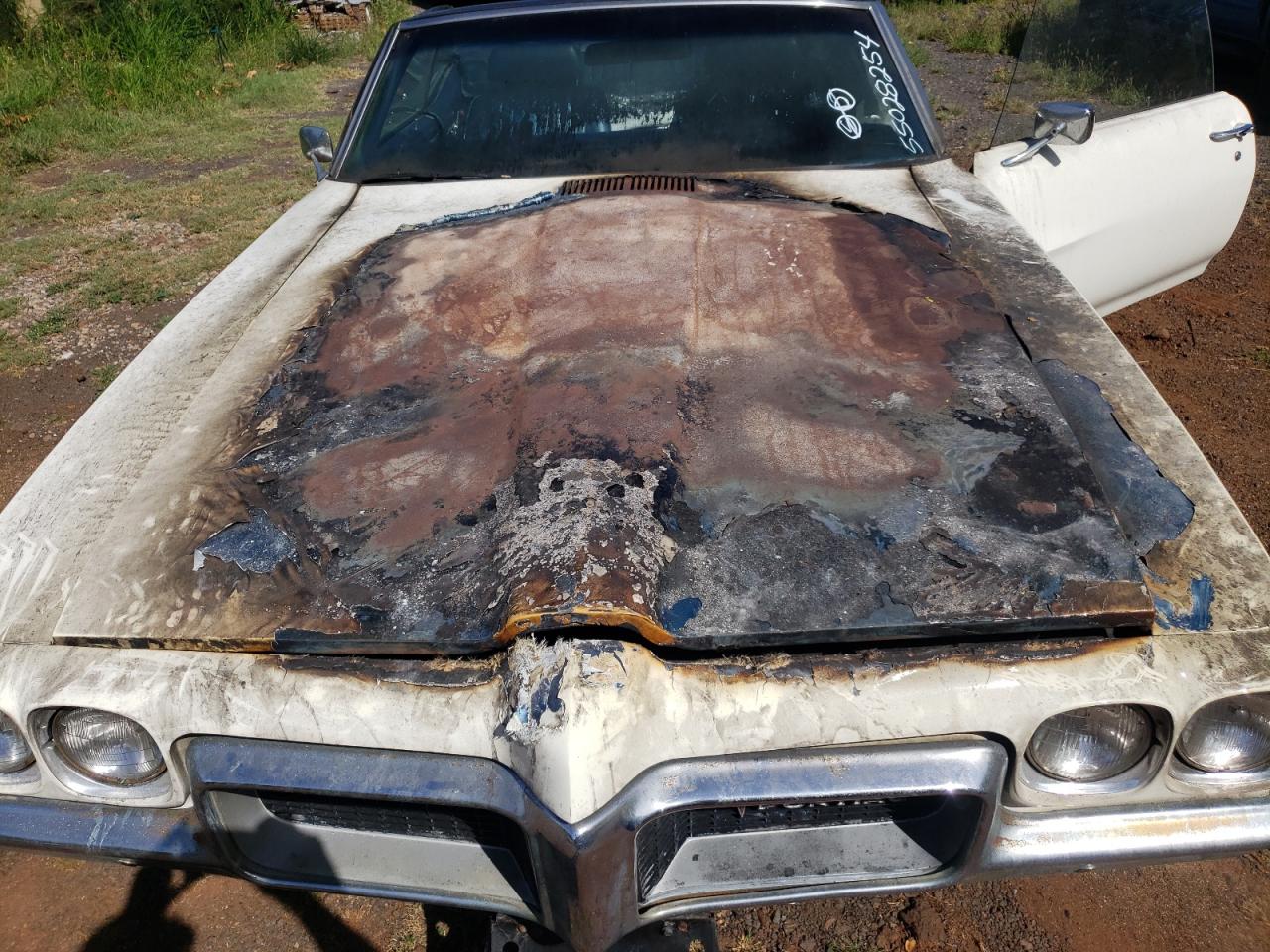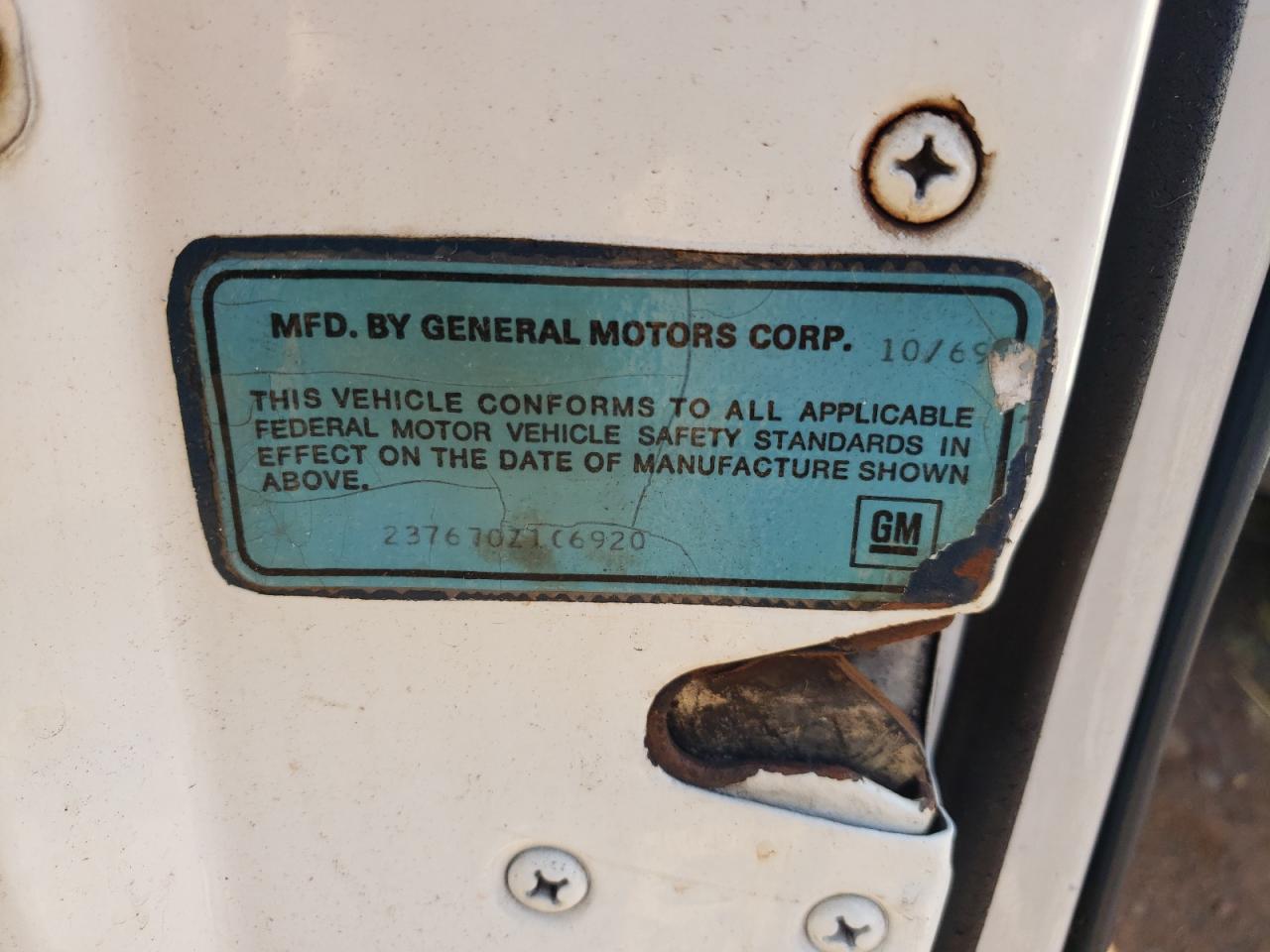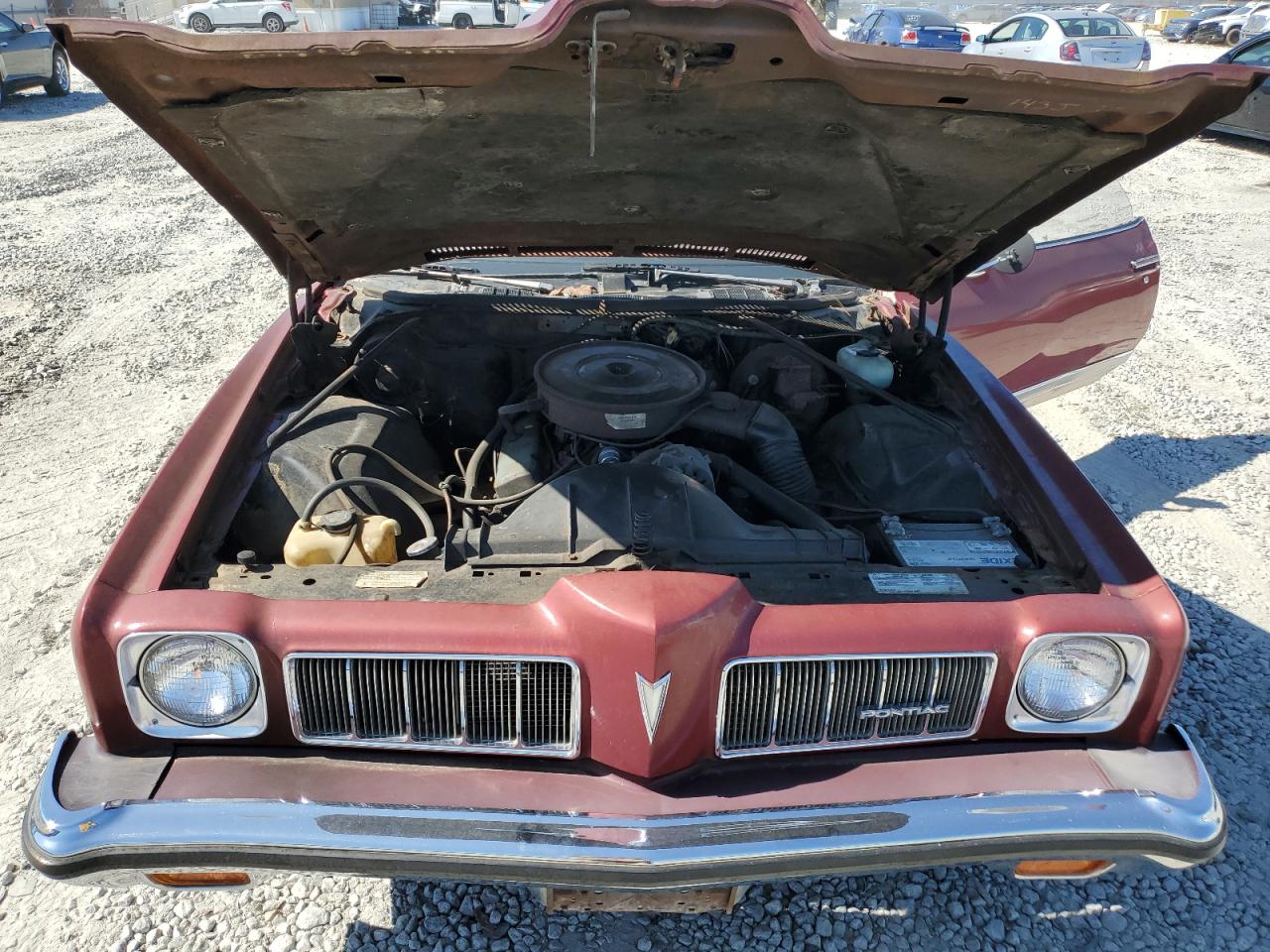Pontiac LeMans (6)
1968 Pontiac Lemans
Brand
Pontiac
Model
LeMans
Generation
III
VIN
237678Z116636
Auction number
72183224
Odometer
249632 km.
Sale date
11.10.2024 19:00
Auction platform
copart.com
Bid: 1 550 $
Open
1968 Pontiac Lemans
Brand
Pontiac
Model
LeMans
Generation
III
VIN
237678P328197
Auction number
40525275
Odometer
26606 km.
Auction platform
iaai.com
1974 Pontiac Le Mans
Brand
Pontiac
Model
LeMans
Generation
IV
VIN
2D37N4P117498
Auction number
70848184
Odometer
600765 km.
Sale date
11.10.2024 22:02
Auction platform
copart.com
Bid: 200 $
Open
1970 Pontiac Lemans
Brand
Pontiac
Model
LeMans
Generation
III
VIN
237670Z106920
Auction number
55028254
Sale date
23.08.2024 09:00
Auction platform
copart.com
1967 Pontiac Lemans
Brand
Pontiac
Model
LeMans
Generation
II
VIN
2376778127967
Auction number
39903958
Odometer
2 km.
Auction platform
iaai.com
1973 Pontiac Lemans
Brand
Pontiac
Model
LeMans
Generation
IV
VIN
2G37M3P3255098
Auction number
57146274
Odometer
72860 km.
Auction platform
copart.com
Pontiac LeMans is a legendary model familiar to many fans of the automotive industry for its elegant style and excellent performance. Born in the golden age of American cars, LeMans won the hearts of many car enthusiasts with its outstanding design and dynamic capabilities.
The LeMans model first saw the light of day back in 1961 and immediately became a symbol of automotive luxury and style. Starting out as a sports car, the LeMans has undergone many changes and modifications over the years, while remaining true to its roots and providing drivers with a unique driving experience.
Over the years, Pontiac LeMans has come a long way, experiencing many transformations and changes in design and performance. From classic models with majestic aesthetics and powerful engines to modern versions equipped with advanced technology and eco-friendly engines, LeMans has always been at the forefront of innovation and change in the automotive industry.
Pontiac LeMans: History and Main Stages of Model Development
The history of Pontiac LeMans began in 1961, when it first appeared as a modification of the Pontiac Tempest. The first years of production were characterized by a simple but elegant design and reliable mechanics, which allowed LeMans to occupy its niche in the market.
Main Stages of Model Development:
- 1960s: The Pontiac LeMans was introduced as a variant of the Tempest and became popular with car enthusiasts wanting a combination of style and performance.
- 1970s: During this time, LeMans underwent a number of design and mechanical changes, reflecting the trends of the time in the automotive industry. It became a symbol of the era with its smooth shapes and high power.
- 1980s: Towards the end of its production, the Pontiac LeMans began to face competition and changing consumer tastes, leading to its discontinuation in 1981.
Pontiac LeMans Modifications: Evolution and Differences
Pontiac LeMans, regardless of its status, has always attracted the attention of motorists with its elegant aesthetics and reliability. Over the years of its existence, the model has undergone significant changes, ranging from external design to technical parameters.
Since its early production years in the 1960s, the Pontiac LeMans has been available in a variety of models, including coupes, sedans, and wagons. The main differences between models included body style, trim levels, and performance features, allowing customers to choose the option that suited their needs and preferences.
Main modifications of Pontiac LeMans:
- 1960s: At the start of its production, the Pontiac LeMans was available in a variety of body styles, including a coupe, sedan, and wagon. These models differed in their proportions and styling, but shared similar engineering underpinnings.
- 1970s: During this period, the Pontiac LeMans underwent significant changes in design and performance. The model became more modern and efficient, with new engines and improved comfort.
- 1980s: During this period, the Pontiac LeMans underwent some changes, with fewer body styles and trims. However, the model was still a popular choice among car enthusiasts due to its reliability and aesthetic design.
Colors and Body Options by Year of Production
The history of the Pontiac LeMans includes many body styles and color schemes, which changed depending on the year of production. In the early years of production, the model was offered in sedan, coupe, and station wagon body styles. Later, convertible and hardtop versions were added.
The paint finish of the Pontiac LeMans is also varied. At the beginning of production, the popular colors were classic tints such as white, black and red. However, over time, new trends emerged and the model was offered in brighter and more exotic shades such as metallic blue, pearl green and even metallic orange.
Years of the 60s:
- Body: sedan, coupe, station wagon
- Colors: white, black, red, blue
Years of the 70s:
- Body: sedan, coupe, station wagon, hardtop, convertible
- Colors: metallic green, metallic blue, orange, gold
Years of the 80s:
- Body: sedan, coupe, station wagon, hardtop, convertible
- Colors: metallic gray, burgundy, pearl white, dark blue
Approximate list of Pontiac LeMans colors by year:Year of issuePopular colors
1960s | White, Black, Red, Blue
1970s | Metallic Green, Metallic Blue, Orange, Gold
1980s | Metallic Grey, Burgundy, Pearl White, Dark Blue
1960s | White, Black, Red, Blue
1970s | Metallic Green, Metallic Blue, Orange, Gold
1980s | Metallic Grey, Burgundy, Pearl White, Dark Blue
Production Years and Sales Volumes: The Successes and Problems of the Pontiac LeMans
The Pontiac LeMans was introduced to the automotive world in 1961 and lasted until 1981. During this time, it underwent many changes and modifications, becoming popular among car enthusiasts of its time. But what were its successes and problems in terms of sales? Let's find out.
Sales volumes
Between 1961 and 1981, more than 3 million Pontiac LeMans cars were sold worldwide. This number demonstrates the model's significant commercial success over the decades of its production.
Successes
- Market Demand: Initially, LeMans was successful and had a significant market demand.
- Innovation: The LeMans model often introduced new technologies and design solutions, which attracted the attention of buyers.
- Variety of modifications: A variety of body styles, engines and options provided a wide choice for different customer needs and preferences.
Problems
- Quality: During some periods of production, the Pontiac LeMans suffered from quality issues, leading to negative reviews and decreased consumer confidence.
- Competition: Over time, competition in the mid-size car market became increasingly intense, which could put pressure on LeMans sales.
- Changing Consumer Preferences: In the final years of production, changes in consumer preferences, including demand for more fuel-efficient or environmentally friendly vehicles, may have impacted LeMans sales.
Overall, the Pontiac LeMans was an important part of automotive history, with both successes and challenges along the way. Its impact on the automotive industry remains significant, and its sales history serves as a lesson for automakers around the world.





